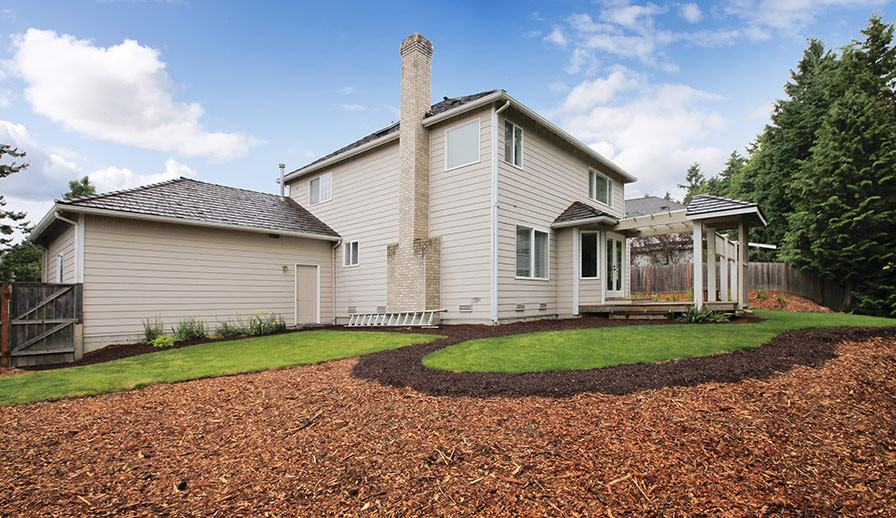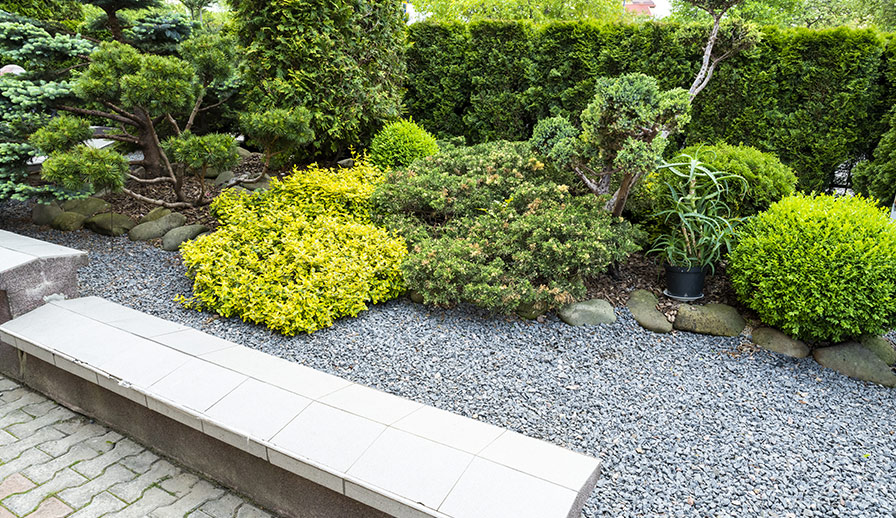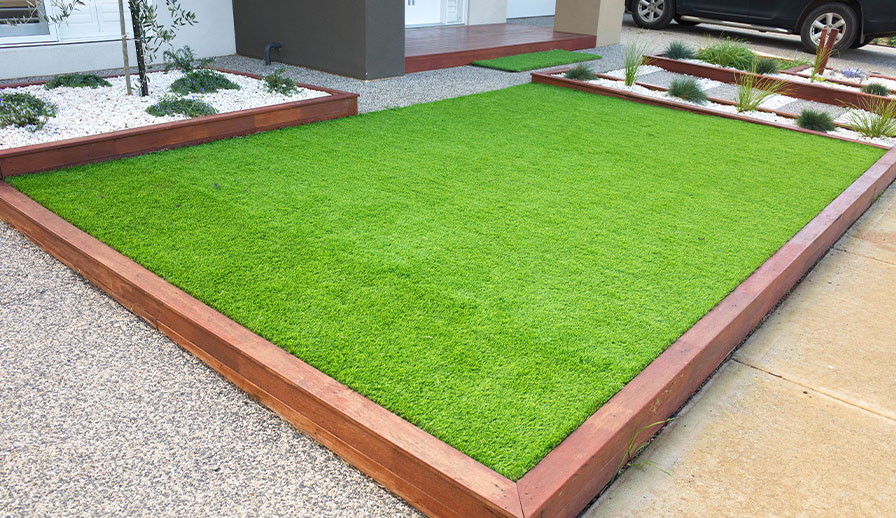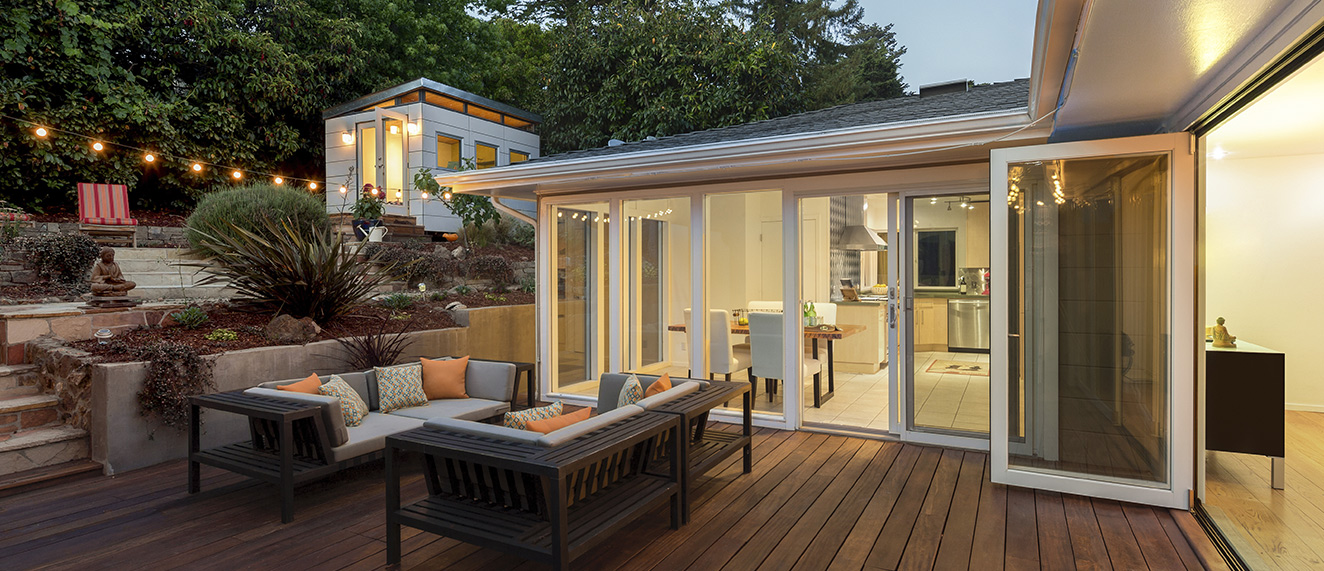Struggling to find content to share on your social media pages?
Stop scrolling through Instagram and Facebook. All you need is REALTOR.ca.
Our consumer lifestyle blog, Living Room, offers content including home improvement, market trends, DIY projects, neighbourhood guides and profiles on unique homes. Living Room publishes exciting new content four times a week (with unique French content for our Francophone fans).
While CREA Café is curated specifically to help your business grow and thrive, Living Room content is perfect to share with your clients.
Owned and operated by the Canadian Real Estate Association (CREA), REALTOR.ca is the No. 1 real estate platform in Canada (Comscore, 2020) with MLS® System listings from across the country.
Share this blog with your clients and followers with the Facebook button below!
You can also follow REALTOR.ca on Twitter, Instagram and Pinterest.
You can read the original blog here.

It’s Saturday. You step outside to the all-too-familiar drone of small engines as neighbours near and far perform their weekly duty—mowing the lawn. While having and maintaining a pristine lawn has been a time-honoured tradition, it’s quickly losing popularity. The amount of care involved, the increasingly harmful effects of fertilizer and pesticides on the environment, and lack of biodiversity all suggest it’s time for a change. With a little effort and investment, you can create a unique landscape to encourage biodiversity while reducing maintenance and boosting curb appeal. Let’s check out some key ingredients for designing your dream yard.
Wood chip mulch
One of two types of mulch, wood chips are used as top-dressing around shrubs and trees to create contrast highlighting the beauty of your plants and flowers.
Pros: Wood chips encourage moisture retention in soil and insulate roots from heat, and can be sourced from local arborists.
Cons: Wood chips need to be replaced every few years, can bleed nitrogen from topsoil, and mass production can be detrimental to forest resources.
Bark mulch
Bark mulch is similar to wood chips, except it’s made solely from tree bark. Unlike wood chips, bark mulch is often applied to flower beds.
Pros: Bark mulch provides more nutrients to plants as it breaks down and can be ideal for garden beds with perennials and spring flowers.
Cons: Bark mulch is less resistant to weed infiltration, does not retain moisture, and often needs to be replaced or refreshed each year.

Moss
Moss can be used as a complete lawn replacement or filling spaces between plants, rocks and paths in your landscape design. You can grow it yourself, or hire a company to install it for you.
Pros: Moss requires no maintenance once established and never needs to be mowed. It’s extremely soft to walk on and thrives in partial and full-shade environments!
Cons: Moss takes a long time to grow, is costly to install and is easily damaged by traffic from dogs and children.

Rock gardens
Rock gardens are usually designed to incorporate a variety of perennials and flowering shrubs with a range of rock sizes from gravel and river rocks to boulders.
Pros: Rock flower beds offer infinite design possibilities, are easy to maintain, and prevent soil erosion.
Cons: Rock gardens can get hot during the summer and large rocks/boulders require pre-planning and hydraulic lifting and placement.
Gravel
Gravel and stone are used to create pathways, fill spaces between landscaping elements or as top-dressing around shrubs and trees. Some gravel options include pea gravel, stone chips, marble chips, crushed stone, or decomposed granite.
Pros: Gravel and stone are durable, will not rot, discourage pesky bugs, and require minimal maintenance.
Cons: Gravel and stone tend to settle substantially into soft soil, capture heat, and can present a projectile risk if you do maintain any lawn that requires mowing.
River rock
River rock is made up of smooth, rounded rocks ranging from golf ball to softball-size and is used as top-dressing for trees and shrubs, or for bordering rock gardens, flower beds, ponds and pathways.
Pros: River rock is visually appealing, insulates plant roots and is environmentally friendly because it’s naturally occurring and does not require heavy processing.
Cons: River rock can be difficult to install, and due to its inorganic nature can cause conditions where fertilizers and plant food must be used to maintain your garden.
Creeping plants
Creeping plants (or ground covers) come in many varieties and are used to fill large spaces and gaps in gardens. Many plants and vines in this category are evergreen and offer all-season beauty to any landscape.
Pros: Creeping plants are easy to plant, offer ground-level shade, prevent weed infiltration, reduce erosion and require little care.
Cons: Creeping plants can overgrow and choke other garden flora and some vines, like English ivy, can overrun their space and require careful pruning each year.
Wildflowers
Wildflowers are native flowers often planted to create an explosion of colour in landscapes, and commonly used in ‘wild’ gardens and rock gardens.
Pros: Wildflowers are inexpensive, easy to plant and require very little care, and do not require as much watering as most annuals or perennials.
Cons: Wildflowers can be problematic for pollen allergies, look unappealing when not in bloom, and require thinning so they do not overgrow from year-to-year.
Hardscaping
Hardscaping is the use of cement, rock and wood elements to create your landscaping environment.
Pros: Hardscaping gives you full control over your landscaping, is extremely easy to maintain, and has unique design possibilities not possible with other landscape elements.
Cons: Hardscaping can be prohibitively expensive for larger spaces, can act as a heat sink in hot and sunny conditions, while more care must be given to maintain plants.

Artificial turf
Artificial turf (or astroturf) comes in various lengths to simulate the look and feel of grass and, beyond its application in competitive sports, is used to replace organic turf in yards.
Pros: Astroturf is low-cost and never needs to be mowed, weeded, or watered, and has a life expectancy of up to 25 years.
Cons: Artificial turf discourages biodiversity and absorbs heat in the sun and can pose a burn risk. It’s also petroleum based with a higher carbon footprint for production and can only be discarded in landfills.
There are so many ways to apply and combine these key elements in your landscape design, you’ll love creating it just as much as enjoying the fruits of your labour. Here are some other ways that you can boost your home’s curb appeal on a budget.






ARGH…. The super plastic fantastic options offered here boggle the mind. I see this trend in our housing markets and am appalled.
Living green landscapes are habitat for birds, generators of oxygen and contributors to stormwater management.
In a world where curb appeal counts and tree lined streets are more valued than ever. Investing in living green infrastructure from trees to green roofs are a proven path to creating real estate value.
Hi Chris, these are just a few alternative ideas, but we have plenty more landscaping ideas over on REALTOR.ca Living Room, including Landscaping for the Birds and the Bees: https://www.realtor.ca/blog/landscaping-for-the-birds-and-the-bees/12976/1363